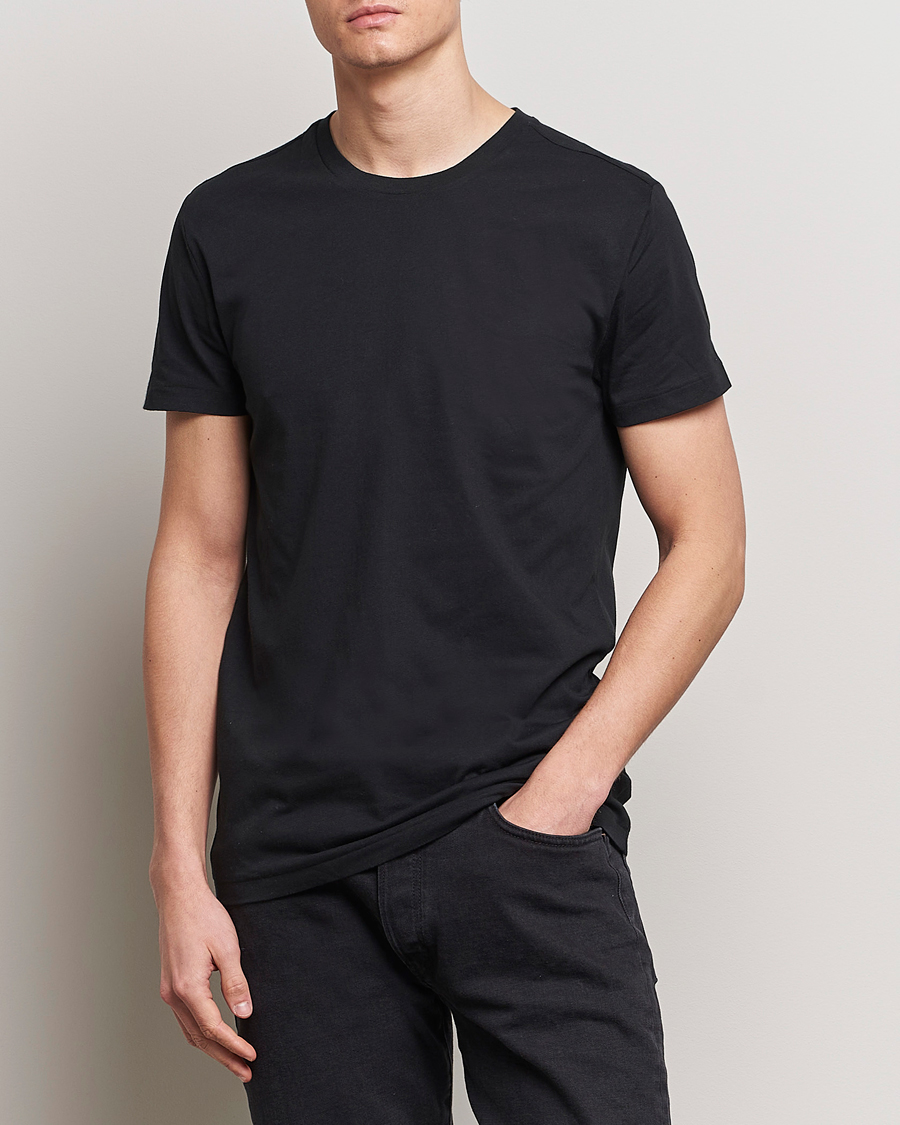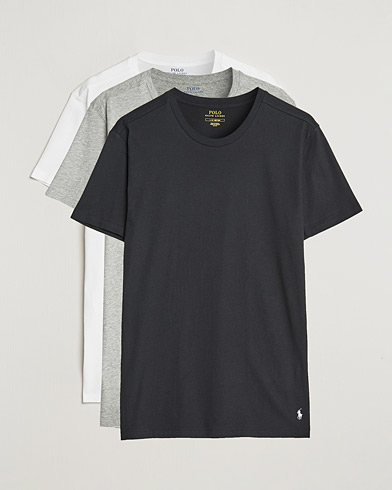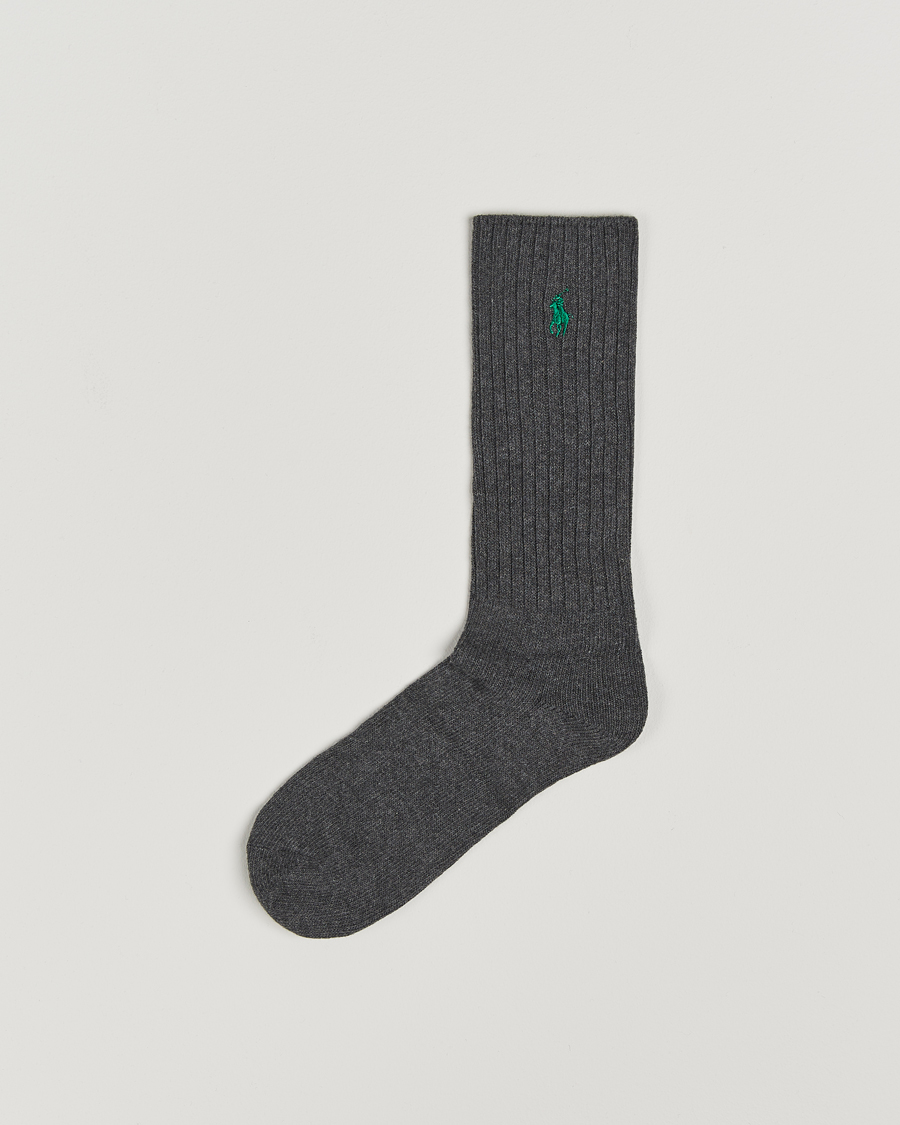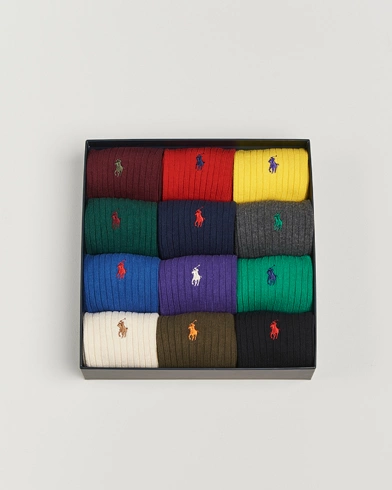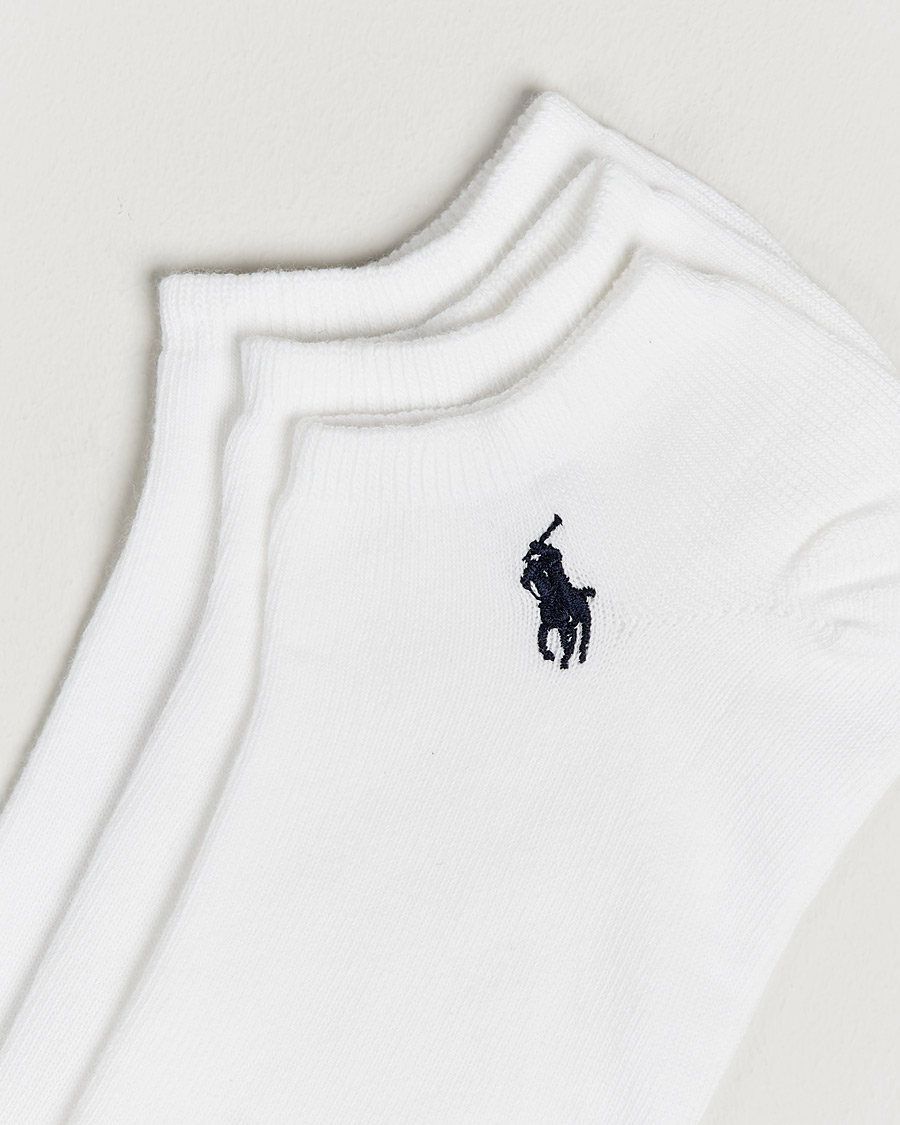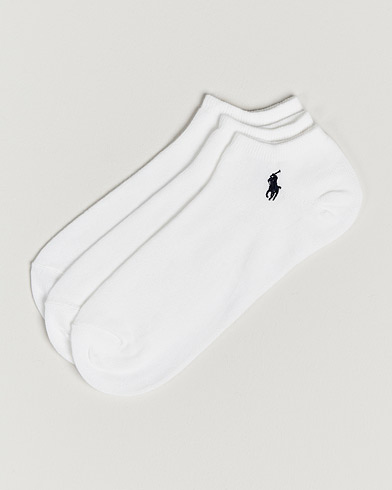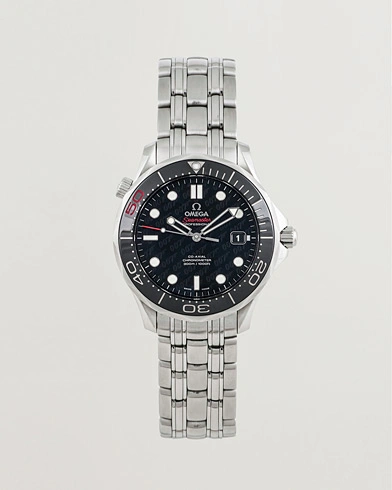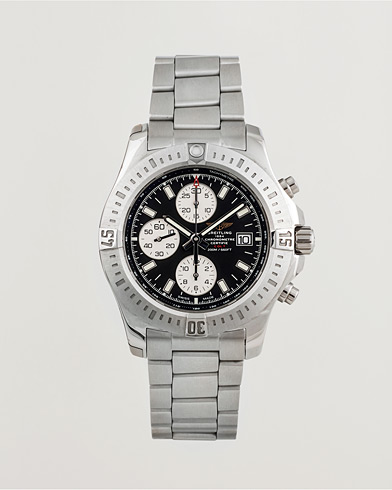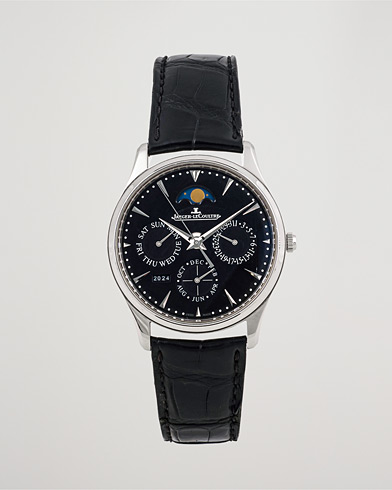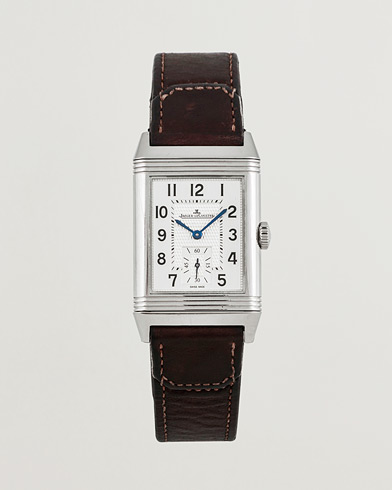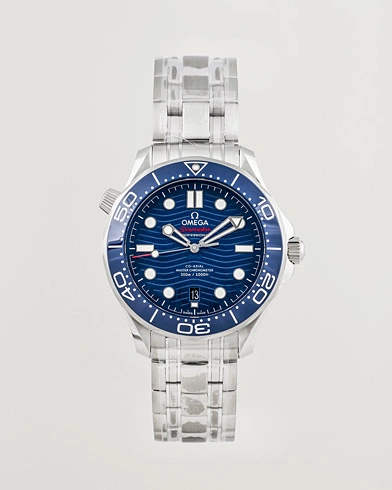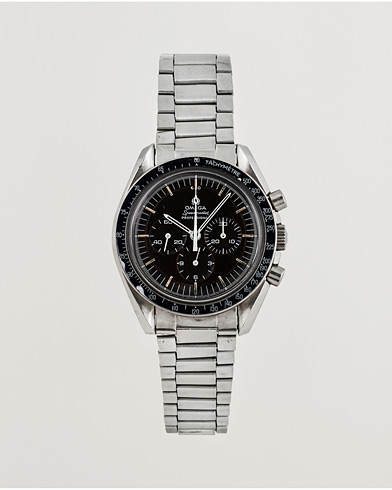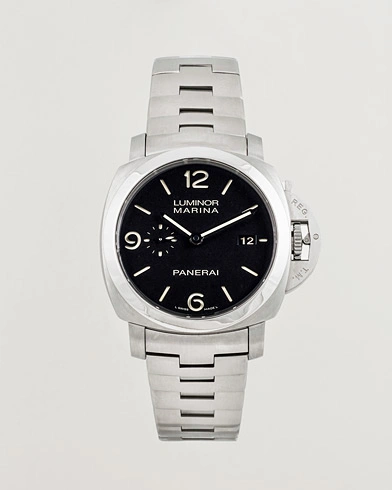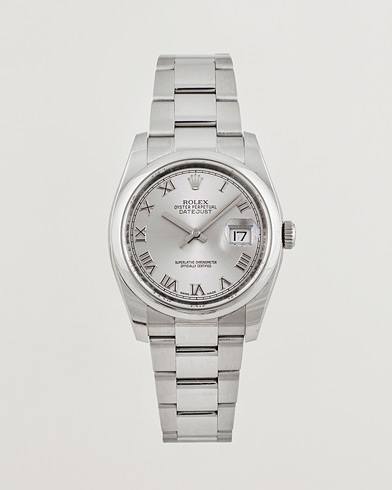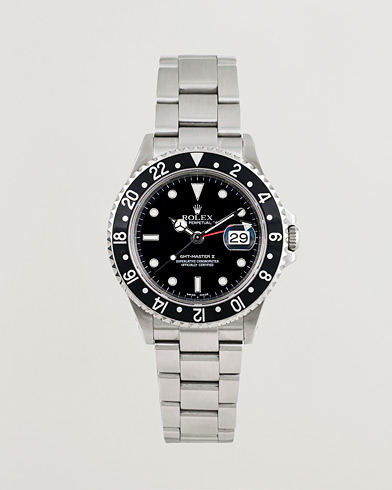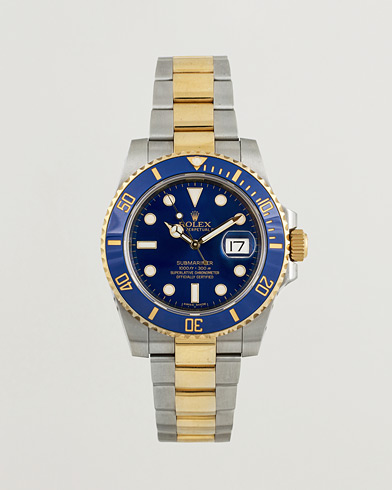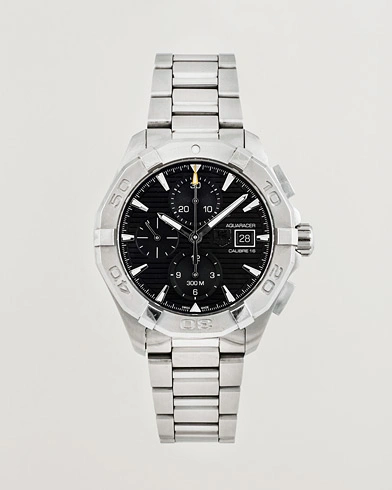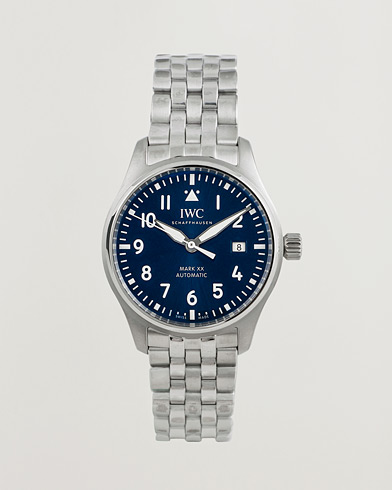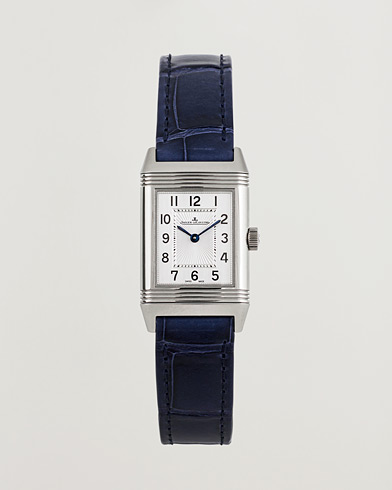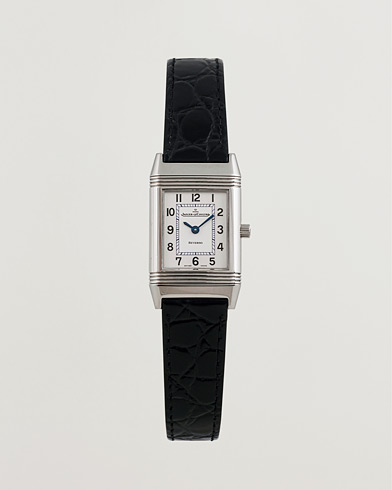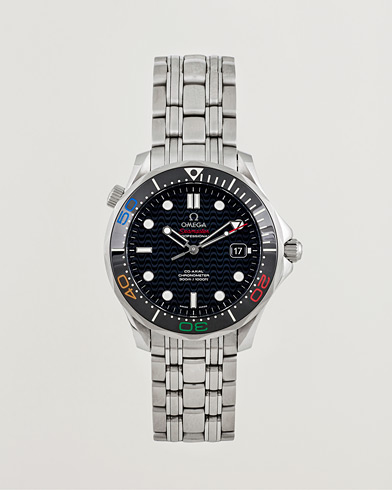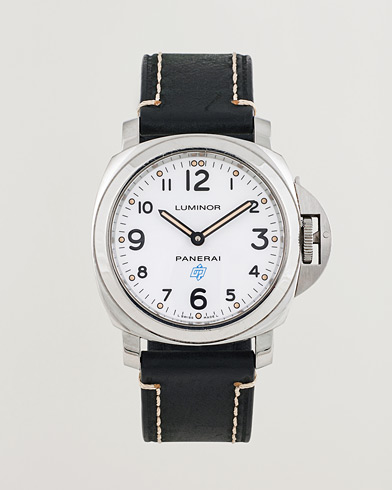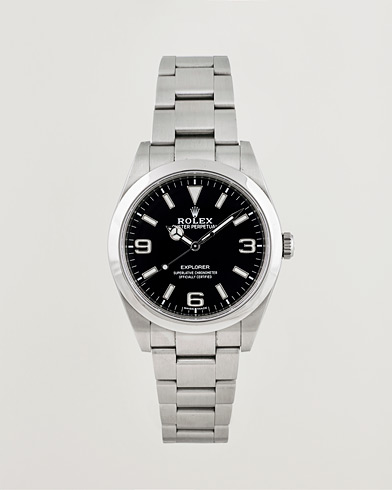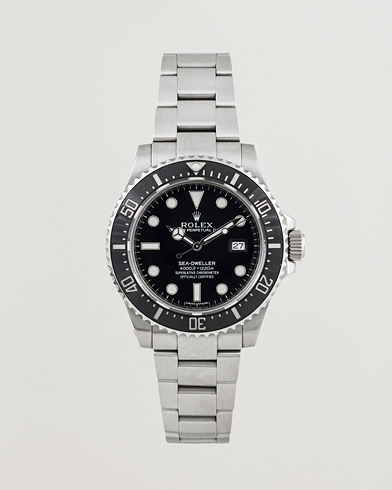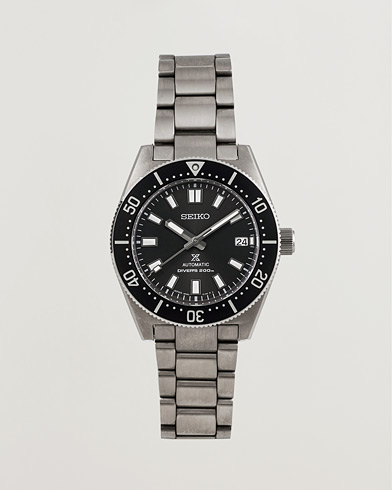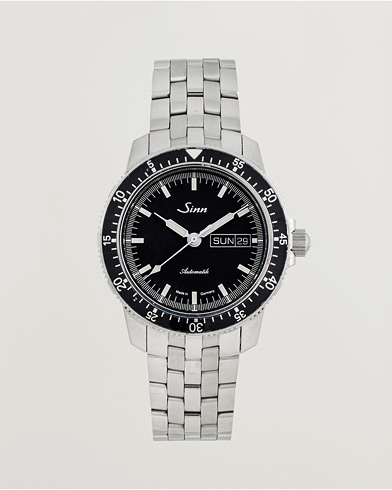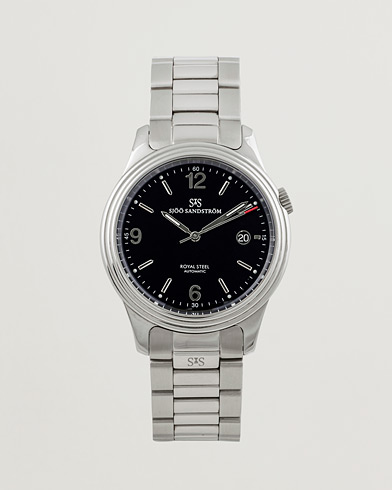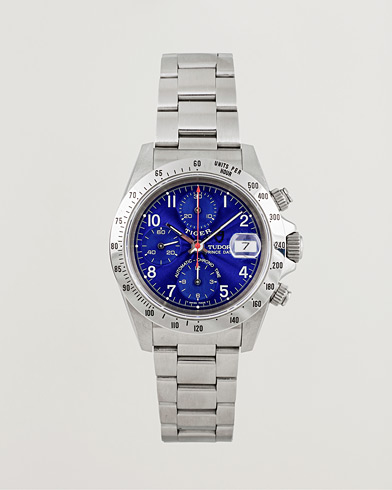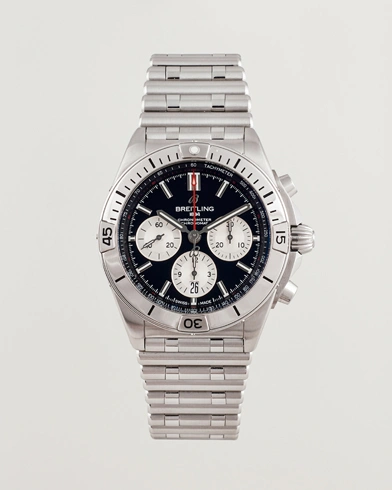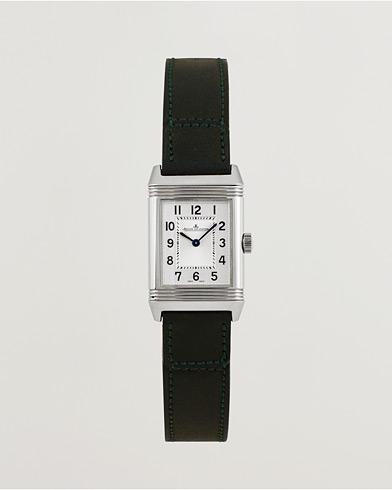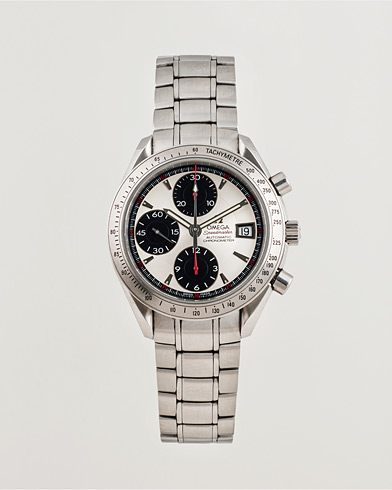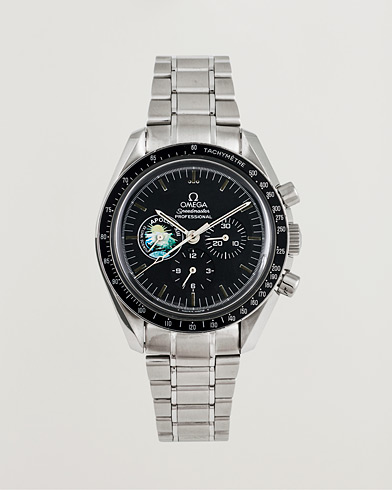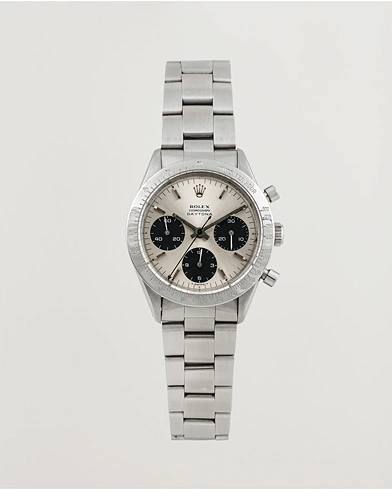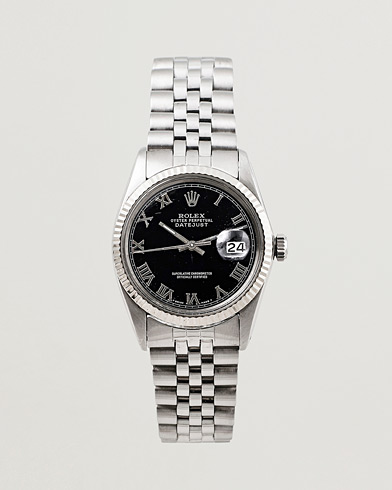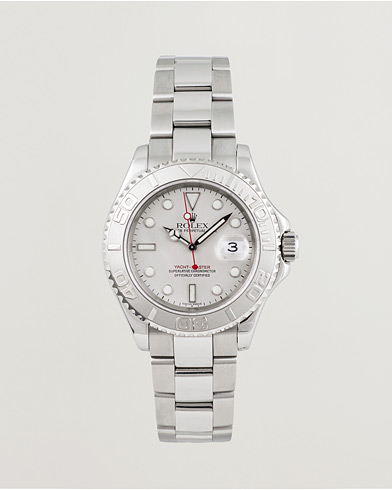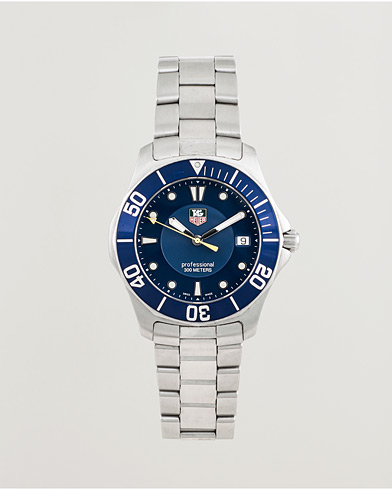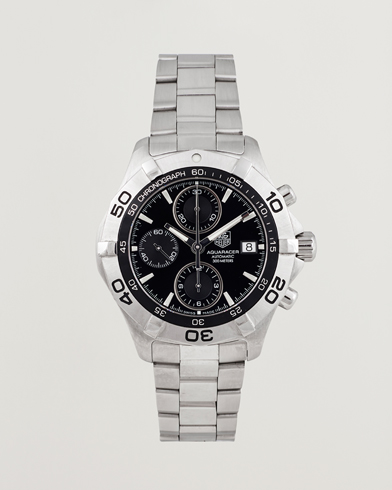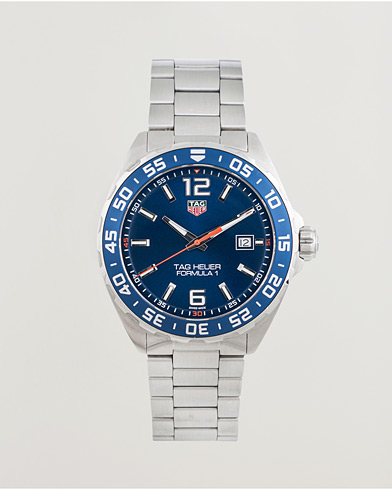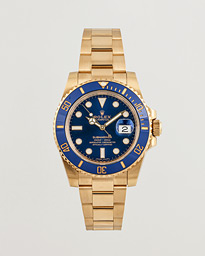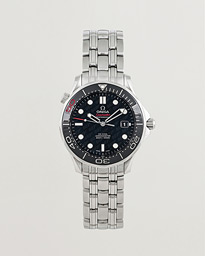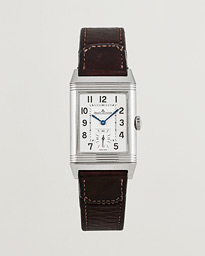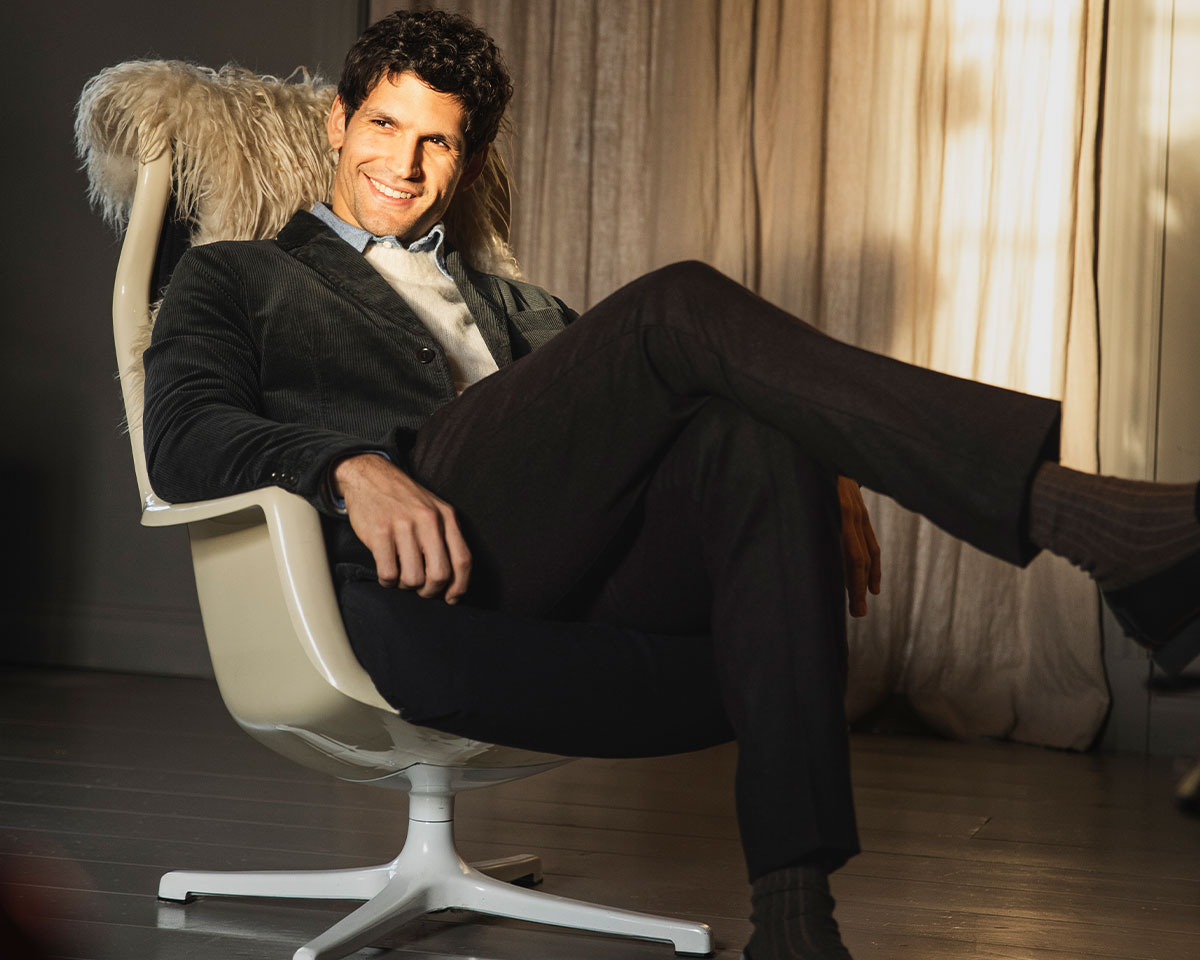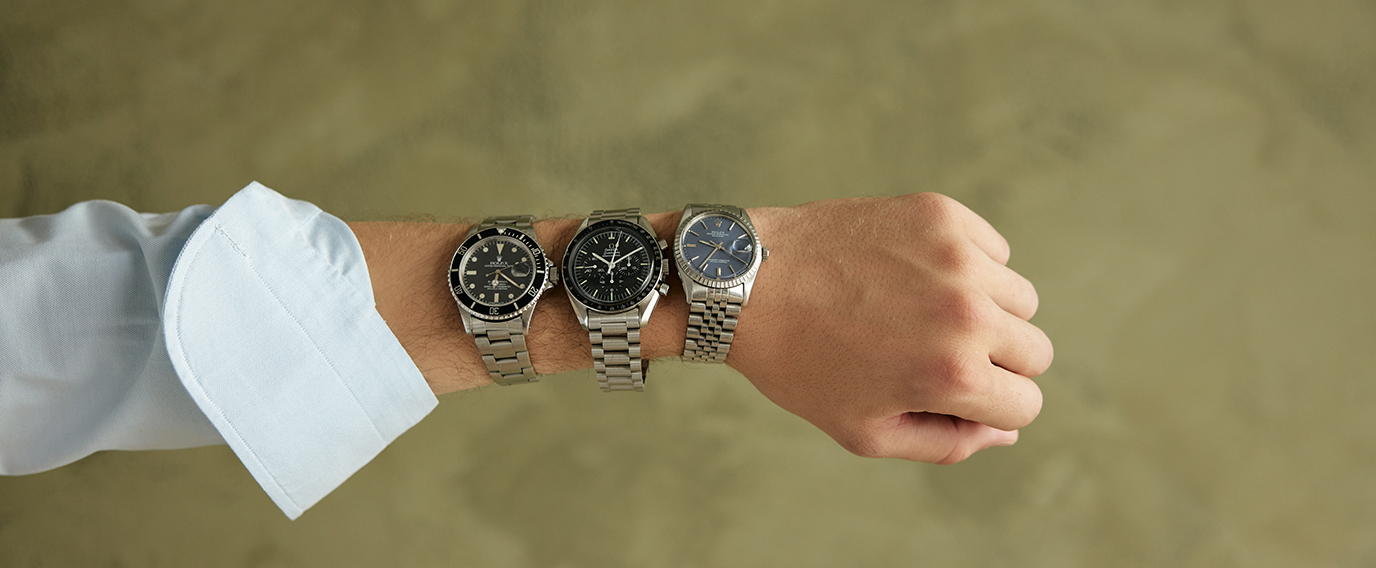
How to invest in the right vintage watch
photo: gustaf peterson
Text: joakim rönnqvist
The charm of buying vintage watches
For many, the experience of investing in a new watch may be enjoyable. Visiting a watch shop dealing in new watches, select among their range, point to the one you want and then go to the till and pay. You know what you are getting, and if you are lucky, you might be offered a glass of Champagne or similar. The watch you just bought looks and feels the same as the model your friend bought last year.
Buying vintage is a completely different experience. Here, more knowledge and research is required. Why does this watch cost X, when a seemingly identical watch costs Y? For many, the search for the "right" watch is what makes vintage watches truly interesting. Some people spend hours on end searching for exactly what they want.
What is considered vintage?
Previously, watches manufactured up towards the end of the 70s are considered vintage. Some believe that if a watch has Plexiglas instead of the more modern sapphire crystal, it can be classified as vintage, while others put the limit at around 25 years back in time. To avoid confusion, I have chosen to define watches from the turn of the millennium and earlier as vintage.
So what should you consider when you venture into the maze of vintage watches to look for the ultimate watch? Below are some tips on what to keep in mind.

1. Research is the key
Before starting the search for a vintage watch, think about what you want to achieve with your purchase. Do you want to use the watch daily as a style accessory? Alternatively, are you looking for a rare watch as an investment? Your purpose will influence your choice of watch and brand.
Do your homework. Read about the different watch brands and their history. Focus on the brands known for making high quality watches. Be aware of the different eras and styles you are interested in, and try to understand what makes some watches more desirable than others.
2. Technical description and functions
Once you have a better understanding of the brand, it is time to review the technical aspects. Explore the movement of the watch – is it automatic, quartz or manual? Different mechanisms have different advantages and characteristics. If you want a watch that requires minimal maintenance, a watch with a quartz movement is an excellent choice. On the other hand, an automatic or manual movement is perfect for those who appreciate craftsmanship and traditional watchmaking.
3. Usability and style
Think about how you will actually use your vintage watch. If you are looking for an everyday watch, you should consider a timeless design that pairs with your casual attire. Perhaps you are looking for a more unique or rare watch for collecting purposes, you should focus on specific styles or time periods that appeal to you.
4. Brands to weigh up
When it comes to vintage watches, there are several famous brands with a good reputation. Here are some of the most sought-after brands:
Rolex: No further explanation is required here. Rolex is an iconic manufacturer and probably the most well-known brand, with the highest number of collectors world wide.
Read more: Everything you need to know about Rolex
Omega: Omega has been producing high quality watches for over a century and has an extensive range of vintage options. Look for Speedmasters from the 70s, Seamasters from the 90s, or why not opt for an elegant gold dress watch from Omega from the 50s or 60s? The price range varies considerably, and you can find models from €500 and up.
Patek Philippe: An article about vintage watches that does not include Patek Philippe would be careless. Known for their exclusivity and craftsmanship, Patek Philippe watches are highly sought after by collectors. The brand’s watches range from small dress watches from the 40s to very complex chronographs as well as today’s modern sports watches with integrated links.
Jaeger-LeCoultre: A brand that I believe is relatively underrated. Their watches are extremely well made and combined with designs that are in many respects unique and prominent. Some famous models to look out for include the Memovox and the iconic Reverso. Despite their quality and status, these models remain available at reasonable prices compared to what they offer.
5. Condition is important
Found a watch that you are interested in? Make sure you inspect its condition carefully. Scratches, rust, wear on the dial and working parts are important factors to consider. If possible, ask for the service history or inspection by a professional watchmaker.
Things to look out for:
Scratches and damage: Scratches can affect a watch's value, so be mindful when inspecting watches that have serious damage. Minor scratches can sometimes be accepted if the price is right.
Refurbished or retrofitted parts: Pay attention to parts that have been replaced or refurbished. This may affect the authenticity and value of the watch.
Things to look for:
Documentation: Watches with authenticity certificates and documentation are valuable, especially if they come complete with original boxes and warranty.
Originality: The more original a vintage watch is, the more valuable it can be. It includes original parts, dial and crown.
Provenance: If possible, try to find out the watch's history and ownership history. Watches with an interesting background can be more valuable.
In conclusion, investing in vintage watches is an exciting hobby. Understanding your own preferences, doing thorough research and being aware of the watch's condition are essential when investing in a watch. By focusing on well-known brands and timeless design, you can build a collection that reflects both your style and has the potential to increase in value over time.
Read more: Your guide to buy a vintage watch





